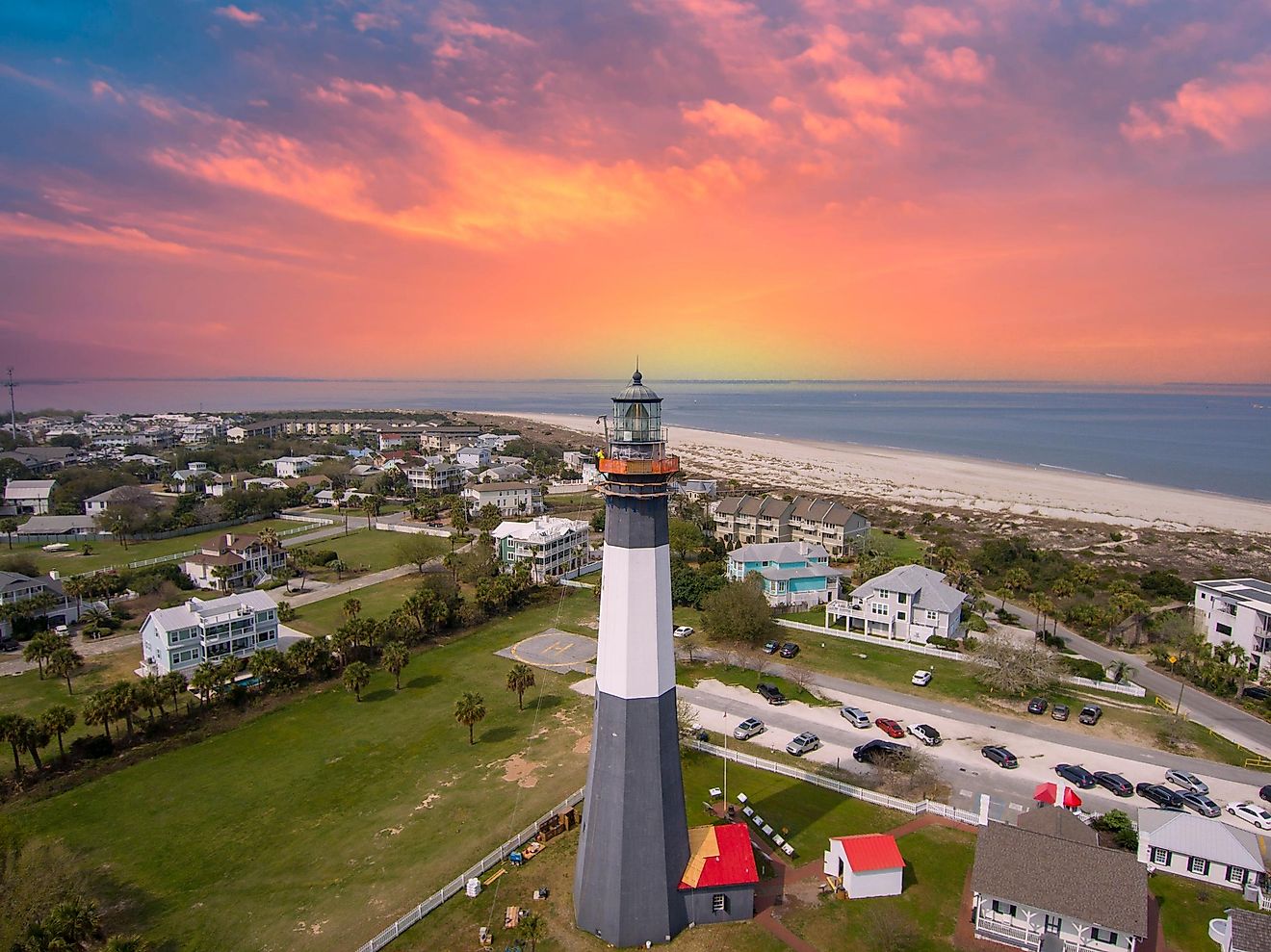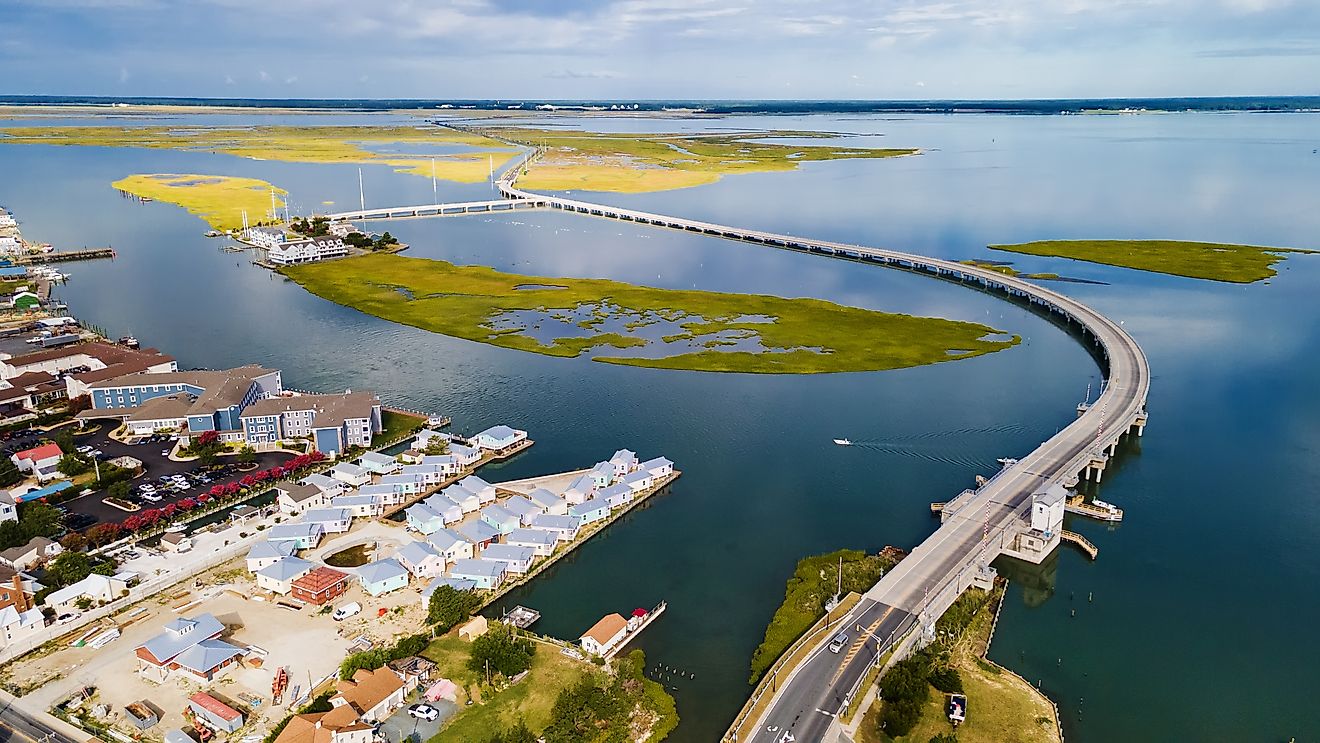
Hoover Dam
Hoover Dam, a concrete dam along the Colorado River’s Black Canyon, was the world’s tallest dam when it was completed in 1935. Currently, it is the 29th tallest dam in the world and the 4th tallest concrete arch-gravity dam. It is the largest dam and artificial lake in the United States. The dam sits on the Arizona-Nevada border. Completed during President Franklin Roosevelt’s reign as the US president, the dam was dedicated on September 30, 1935. Hoover Dam is 221.4m tall and 379m long. Its base is 201m thick, an equivalent of the length of two football fields. The dam has a total capacity of 35,200 km3.
Location

Hoover Dam, formerly known as Boulder Dam, is located in the Black Canyon of the Colorado River, approximately 50 km of Las Vegas’ southeast. The dam straddles the border between Arizona and Nevada, extending into Clark County in Nevada and Mohave County in Arizona. It can be accessed from Boulder City using Highway 93 and turning off to Hoover Dam Access Road about 32 km from Boulder. Boulder City, located about 48 km to Las Vegas’ southeast, was initially established to host workers who were constructing the dam.
Background

The Colorado River is an important water source in the Southwestern US, supporting household use, irrigation, and hydropower generation. In the late 1890s, Willian Beatty, a land speculator, constructed the Alamo Canal that provided water in the Imperial Valley. However, the canal became too expensive to operate. In the early 1900s, Lower Colorado was considered a potential area for generating hydroelectric power. Los Angeles-based Edison Electric Company surveyed parts of the river with the hope of constructing a 12-meter high dam that would generate 7,500 kW. The Reclamation Service (now known as the Bureau of Reclamation) also explored the possibility of building a dam on the Lower Colorado.
Planning And Design

In 1922, the Reclamation Service presented a report on dam construction along the Colorado River, mainly for flood control. The report was known as the Fall-Davis report, named after Davis (author) and Albert Fall (Interior Secretary). Although the report proposed the construction site as Boulder Canyon, this site was unsuitable, forcing the Service to settle for Black Canyon. After six years of negotiations, resulting in Colorado River Compact and other key legislation, President Coolidge signed the dam construction bill on December 28, 1928. The Act allocated $165 million for the construction.
The Reclamation Service settled on a concrete arch-gravity dam as the possible dam along the Black Canyon. The design, overseen by John Savage, the Service’s chief design engineer, comprised a monolith dam with a thick bottom (660 feet) and a thin top (narrowing to 45 feet). The dam’s design was described in detail in a document containing 76 drawings and 100-paged text. On January 10, 1931, the Service opened the bid for interested companies. The Service settled on the Six Companies, Inc, which had the lowest bid at $48.9 million. Boulder City, Nevada, was to be the dam’s construction headquarters.
Construction And Dedication
After the dam’s construction was authorized, over 10,000 people converged in Nevada to seek employment opportunities at the site. Soon after, squatter camps, known as McKeeversville, emerged around the dam construction site. Initially, the Six Companies hired only 3,000 laborers, with the workforce peaking at 5,250 in 1934. The dam’s construction presented an unprecedented challenge to both engineers and laborers who were discontent with the pay and working conditions. At the end of the dam’s construction, 112 of over 20,000 builders had lost their lives at the site. By 1935, most of the work on the dam was complete. Hoover Dam was dedicated on September 30, 1935, by President Roosevelt.
Operation

The Hoover Dam was constructed to control floods and generate hydroelectric power. The powerhouse was completed after the dam’s dedication. In 1936, Lake Mead had enough water to generate electricity, and by 1939 the dam became the world's largest hydropower plant, with nine turbine generators. By 1961, the dam was generating 1,345 megawatts. However, the amount of electricity generated has been decreasing due to the decreasing water levels in Lake Mead. The lake’s drop in water level has been caused by prolonged drought. Besides electricity, Lake Mead also provides water for irrigation and household use.











